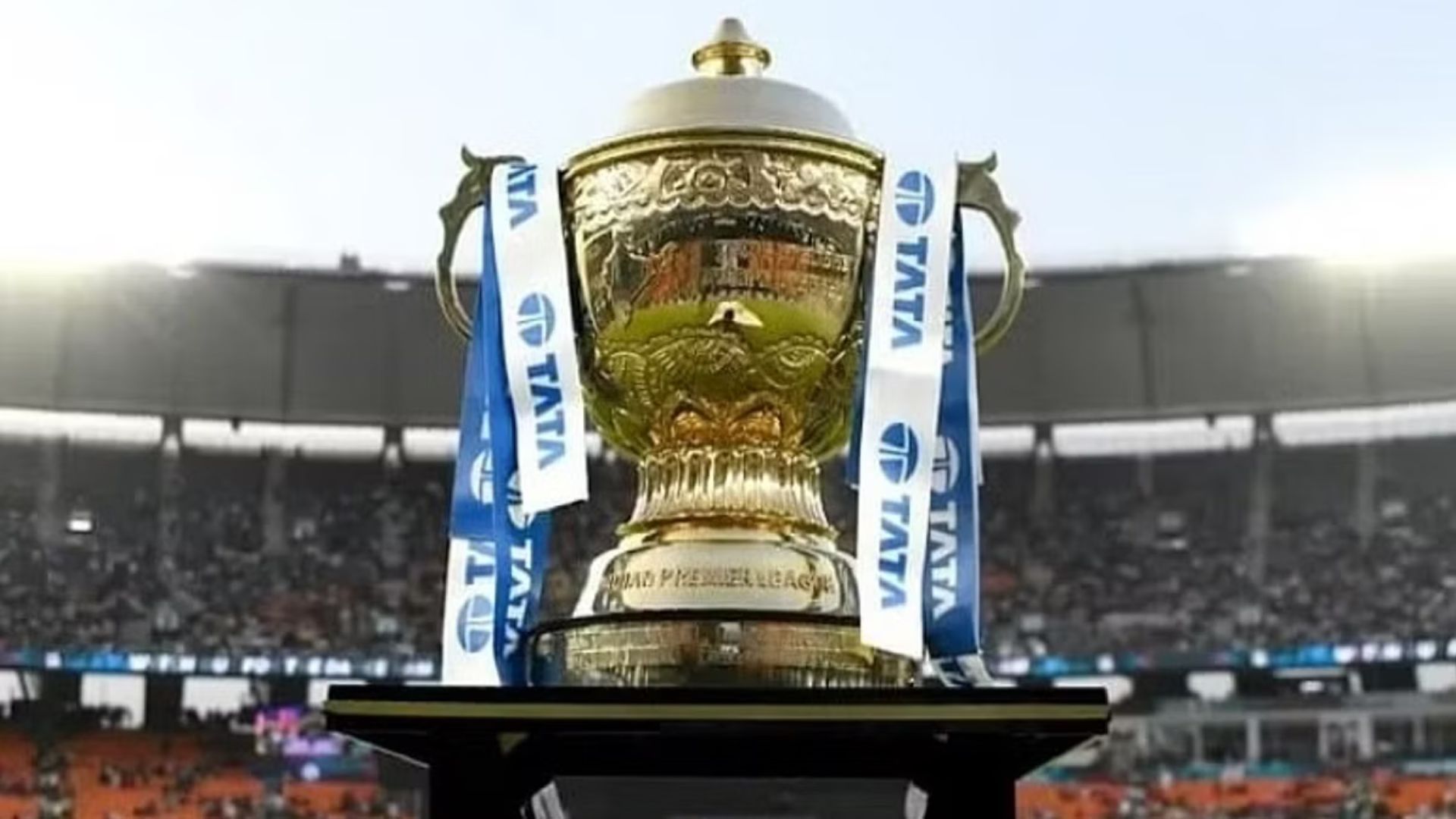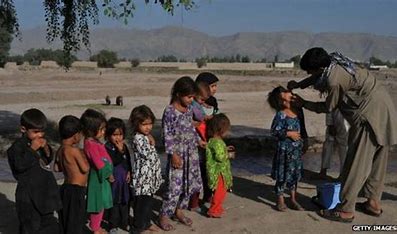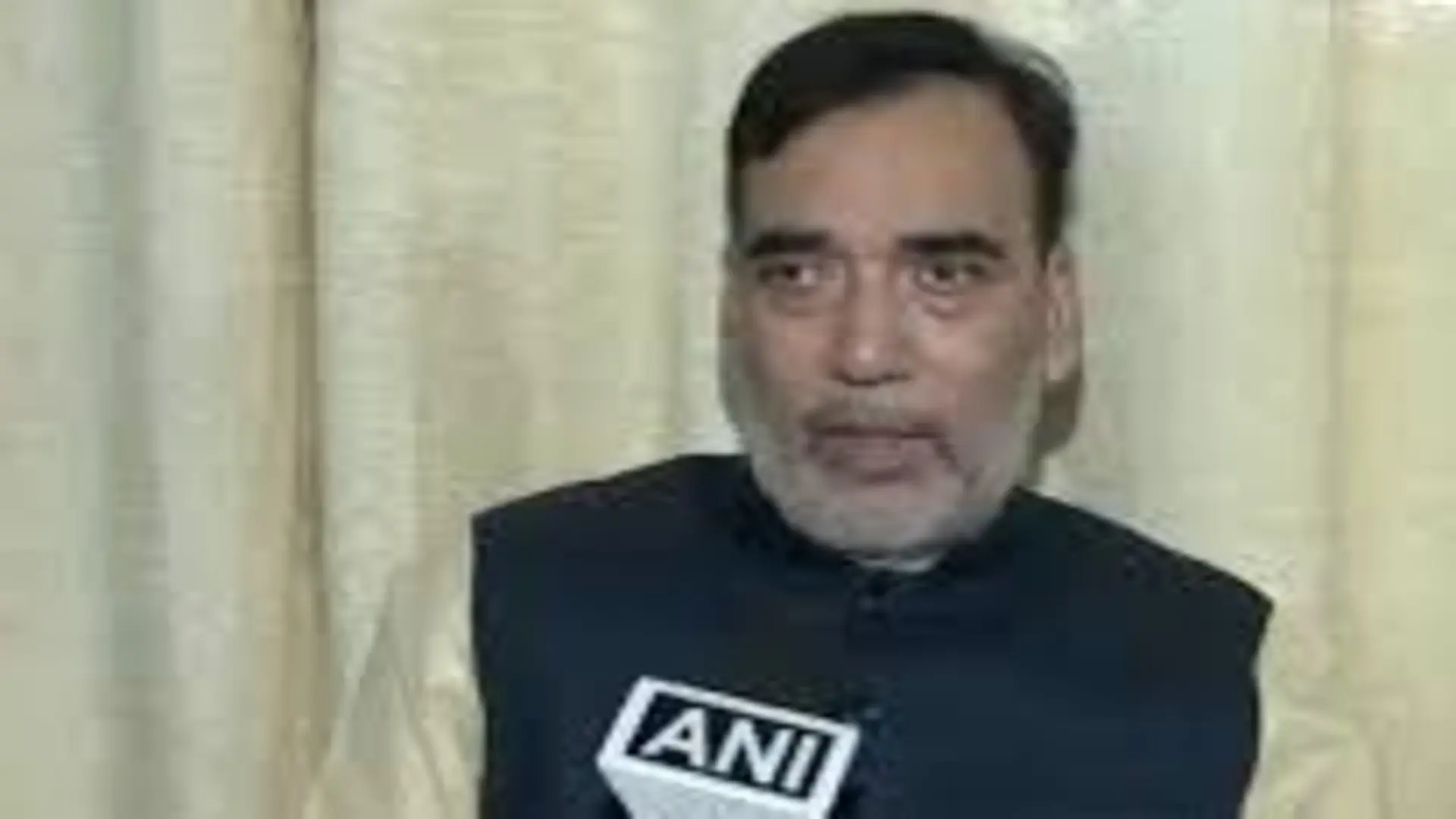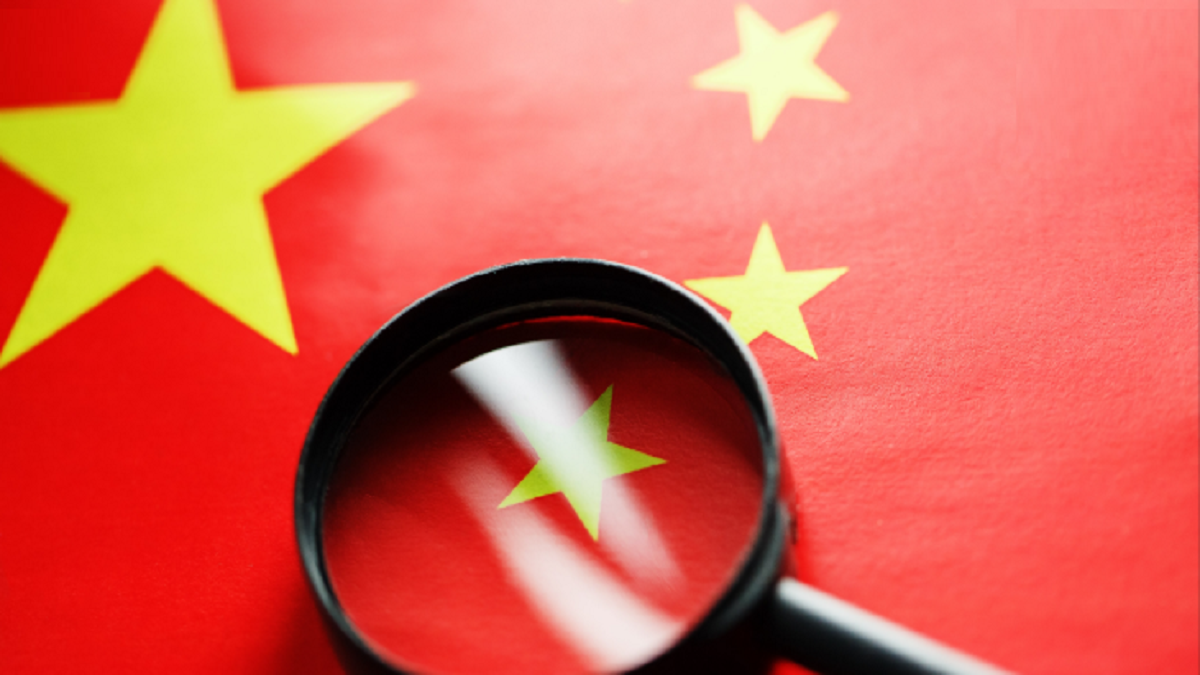
This article mirrors historical cracks which promise to be repeating themselves in future. It is not directed at any individual, appointment or political party.
In 1971, India was a poor country with strong Armed Forces. It halved Pakistan, created Bangladesh and cocked a snook at the US. Seventh Fleet threatening to intervene in Pakistan’s favour was taken in stride. In 2020, India is a rich country. Despite having large, internationally respected, welltrained and battle-hardened Armed Forces, our territorial integrity is at stake. Our ill-equipped forces have not been able to dissuade either China from unilaterally altering status quo at the LAC or Pakistan from interfering in our internal affairs with impunity for decades. Our dissuasive ability is obviously low. Leveraging China out entails great cost and risk in case dialogue fails. This situation should never have arisen.
When it is ‘business as usual’ territorial integrity of the nation seems like ‘cry wolf’. When the Chinese are at our doorstep, it is easily understood. The territorial integrity of the nation is the responsibility of the politico-military leadership. The bureaucracy executes their mandates to defend the nation. This is true of any democracy but ours. Clausewitz said that ‘war is politics by other means.’ Mao said ‘war is politics with bloodshed and politics is war without bloodshed’. Both never mentioned bureaucracies in-between! In authoritarian regimes like China and Pakistan, there is politico military fusion. The bureaucracy merely executes or is executed. However, in India a unique troika of political, military and bureaucratic leadership manages military affairs. This flawed leadership structure is costing India dearly.
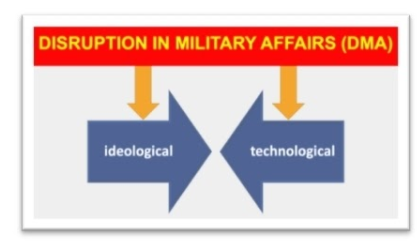

India is facing huge disruption in military affairs. This disruption has ideological and technological components. The Pakistani ideology of radical Islam and the hard core communist Chinese ideology have disrupted military affairs at one level. Disruptive technologies applied differentially by each of them have disrupted military affairs at another level. China and Pakistan have repeatedly demonstrated convergence of ideology and technology into synthesised disruptions. Collusive multidomain warfare through massive asymmetrical aggression — in J&K, hinterland, along the LOC and LAC has been the norm. Our conventional capability devoid of ideology and weakened by perennial shortcomings has been side-lined without answers. India’s leadership troika needs rethinking. Why have we landed here?
Political leadership
Elected political representatives are responsible to defend the nation. They must ensure that the politicomilitary institutions work concertedly to defend the nation. When such concert happened between Indira Gandhi and Sam Bahadur in 1971,India had its greatest strategic victory. Will it happen in the present juncture? Our PM and RM showed unprecedented courage to make their stands on the frontlines. It is encouraging. However, the jury is still out. We’ve had two defence ministers (George Fernandez and Manohar Parrikar) who had hands on control over the military apparatus. They made a difference. The rest simply abdicated and outsourced their responsibility to the bureaucracy. As a result, Indian military has weakened.
On 6 December 2019, I wrote — ‘India is entrapped in a strange ‘Stability – Instability’ predicament. The political hierarchy believes that our nuclear, space and missile programs will provide us with security and ‘stability’. However, there is an increasing ‘instability’ due to our inability to equip our Armed Forces optimally’. I never expected to be proven so fast. Our political leadership has largely stayed away from the nuts and bolts of building military capability. Whether it is lack of knowledge or awe, our parliamentary leaders have kept military matters at arm’s length. When they have reached out, it is often to dip their hand in the till.
India cannot spend on its military when it cannot feed its poor. A strong economy offsets a strong military. Economic power is primary and military power secondary. These lopsided notions resulted in our armed forces being poorly funded, ill equipped and underprepared. Economic rise and decline are transients. Military necessity of defending nations is constant. In a toxic and predatory nuclear neighbourhood, Indian military demands will continually grow. In the 60s and 70s, we realised this and funded our military adequately despite other hardships. Somehow our leadership lost it thereafter. When Prime Ministers keep postponing scheduled meetings with Service Chiefs due to other pressing economic and diplomatic matters — it is back to 1962 — like diplomacy trying to supplant military capability. A cancerous paradigm.
1971 was not won on India’s geopolitical capability alone. The Indo-USSR pact just prior to the war tipped the balance. Thereafter, our pursuit of strategic independence and non-alignment without attendant capability development hit an air pocket. George Fernandes, as a defence minister, identified China not as an adversary or threat but categorically as the ‘Enemy No 1’. Yet successive political leaderships chose to appease China and tolerate Pakistan without building own capability or entering into balancing relationships / alliances / pacts. The result is evident.
Since Independence, our political leadership has allowed India’s publiclyfunded defence industrial and research complex to grow into self-serving silos. Treating these as sacred cows despite calcified underperformance has cost us dearly. It is indeed ludicrous to even contemplate politically motivated strikes and unions in these sectors. However, we have witnessed them. Politically we have not been able to make these institutions either perform or reform them. Thank god we are now thinking of corporatisation of OFB.
Bureaucratic leadership
The intelligent bureaucrat was to be the conduit between earthy politicians and sophisticated military brass. Utopian. The canny bureaucrat kept them apart and usurped power. In this process, civilian control over the military was subverted. Political control was converted into bureaucratic control. Military affairs have been piloted as per bureaucratic discretion through a created ‘System’ often ignoring operational expediency. It enables the bureaucratic leadership to remain faceless. This ’systemic’ anonymity enables lack of accountability or fixing responsibility when the chips are down.
The bureaucratic leadership is risk averse and goes by the book. The emphasis, therefore, has been on book strengthening. Hence, changing procurement procedures has been a higher priority than capability enhancement. Two-bit foreigners talk of ‘a moribund, process bound, bureaucratic defence acquisition system which constantly underdelivers on outcomes.’ It is personally frustrating when our best and brightest which form the IAS fail to deliver for India. My personal experience is that when they are committed to a cause and are driven by the politico-military necessity they deliver outstanding and stupendous results. Why not normally?
The military is a very specialised and niche field. It needs knowledge beyond the ordinary to synthesise varied fields to achieve desired outcomes. It demands domain knowledge which the bureaucratic leadership don’t have. Further, institutional knowledge is ignored at the altar of expediency. When leadership operates from lack of knowledge it invariably takes wrong decisions. If that leadership persists with its ignorance in a multidomain scenario, disaster is round the corner. That is our experience.
Britishers invented the art of divide and rule. Our bureaucratic steel frame, a descendant of the empire, learnt this art well. The propagation and maintenance of mutually exclusive military silos is an artistic outcome. As a result, our vast defence research and industrial complex capable of powering our military is heavily underperforming. In China, all state-owned enterprises were called ‘Rust Buckets’ at the turn of the century. Today they are powering China to superpower status and dominating every field of Chinese activity. Our publicly funded defence establishment, spearheaded by the bureaucracy needs considerable introspection. Consistent resistance to reform or perform has weakened India’s defence capability.
Very distressingly those who are supposed to support the military; especially those in the field of research, production and quality assurance think they know better than the military and have been giving it prescriptions; fully supported by bureaucratic processes. It has denuded national capability to defend itself. The manifestation of this ‘know-all’ thought process has surfaced at Finger 4 on Pangong Tso.
Military leadership
Indian military leadership needs a geopolitical vision and awareness of the domestic political landscape while remaining apolitical. It is the last bastion of the nation and needs to keep politics at arm’s length. What we have witnessed is that Armed Forces leadership exhibiting political aspirations of individual nature leading to political compromises. This trend is outright dangerous for the fabric of the nation.
The military leadership has been unable to tune in with the political masters professionally. Whenever this tuning has happened positively, the outcomes have been favourable. In most cases this has not happened. Their inability to convey to the nation and its leaders the dangers of confronting enemies with grave deficiencies is consistent. The inability to assert itself with or bypass the proxy bureaucratic leadership has compounded issues.
India’s military leadership is wracked by inter-service dissonance. The joint service ethos to think for the common good of the nation was plainly missing. Hopefully, the CDS will rectify it. There are also serious intra service divisions. The Army sets the best example of divisions within — General Cadre / Non-General Cadre, Command / Staff, Combat Arms/Combat Support Arms/ Services….Armour/ Artillery/Infantry…..Rajput/Gorkha/Guards etc. A fractured, brahmanical and mandalised system ensures that the cream is denied to the nation. The worst have a fair chance of becoming top leaders. Structures which make incompetents into Generals puts national security at stake. There are equivalent issues with other Services. This core issue will not be rectified from within. It needs outside intervention.
Our armed forces are manpower intensive. Sure, you need boots on the ground. These boots need enhancement with ISR, Firepower, Mobility and Protection. Most importantly, they need offensive orientation. Our massive defensive capability has not deterred China. That is proven. The answer to offensive capability does not lie in raising another manpower intensive Mountain Strike Corps. It lies in reassessing threats, restructuring forces, rebalancing them and reforming mindsets. It lies in reducing mass and increasing velocity. Kinetic Energy then increases by a square of the increased velocity. Leadership in Multidomain Ops needs a different approach. It also needs the Government to help the Armed Forces in shedding the bulk or financing it.
The Military leadership has not been able to get the best out of the existing system. Sitting aloof and expecting others to come up with goods will not work. They must acquire skills and capabilities to ingest disruptive technologies, head projects in DRDO, operate factories and run the MOD system on their terms. Only then can they demand structural reform. They often hit a road block on one issue – lack of knowledge. If you do not know what you want how do you expect others to give it to you? The military must roll up its sleeves and get its hands dirty on the floor. There is no other choice.
The current military, bureaucratic and political leaders might feel indignant at my bluntness. The FM says the current situation is the gravest since 1962. It could not have developed if the leadership was ok. The flurry of emergency imports, delegating additional financial powers, sanctioning new schemes and invoking fast track procedures whenever the enemy is at the gates further vindicates my arguments.
However, let us think positively. If a suboptimal system can stymie Chinese aggression in its tracks, what can a rebalanced and synergised leadership achieve? Good leadership is the fundamental to any progress. In any case, a thriving Military, Industrial and Research system are our tickets to strategic independence, guaranteed territorial integrity, kickstarting our economy and improving social factors. This crisis presents an opportunity to permanently turn the tables. I am sure the current leadership realises this. I am confident that they will grab this historic chance. When that is done — watch out China. Otherwise. Get ready for more Salami Slicing.
Lt Gen P.R. Shankar was India’s DG Artillery. He is highly decorated and qualified with vast operational experience. He contributed significantly to the modernisation and indigenisation of Artillery. He is now a Professor in the Aerospace Dept of IIT Madrasand is involved in applied research for defence technology. His other articles can be read on his blog www. gunnersshot.com.

